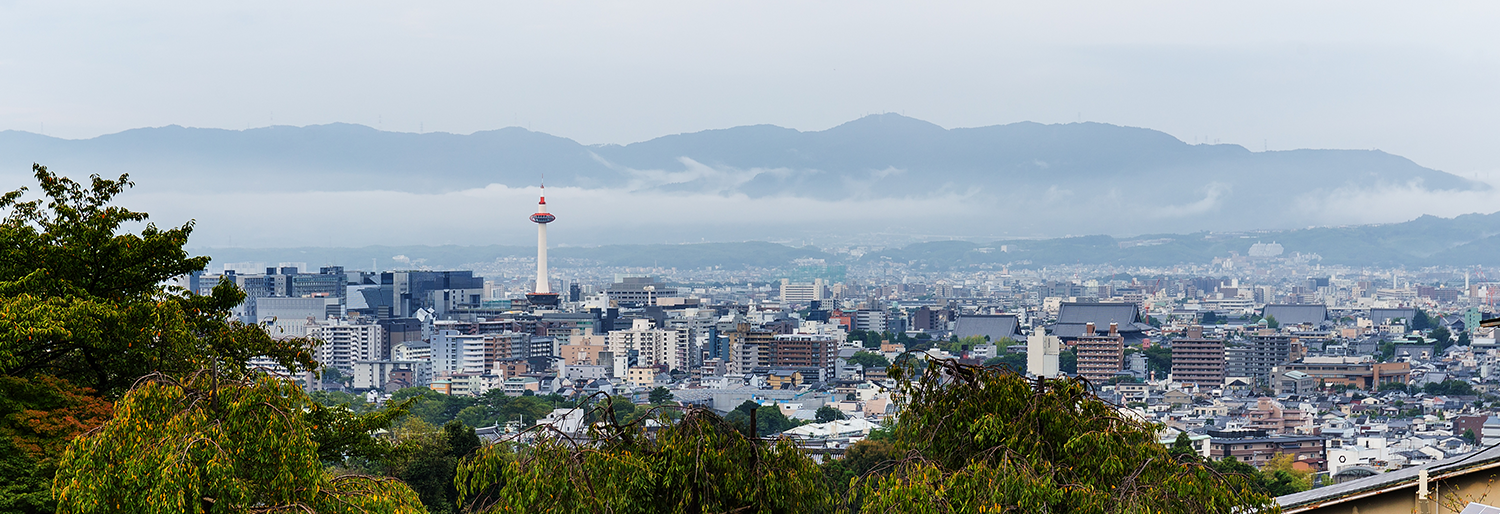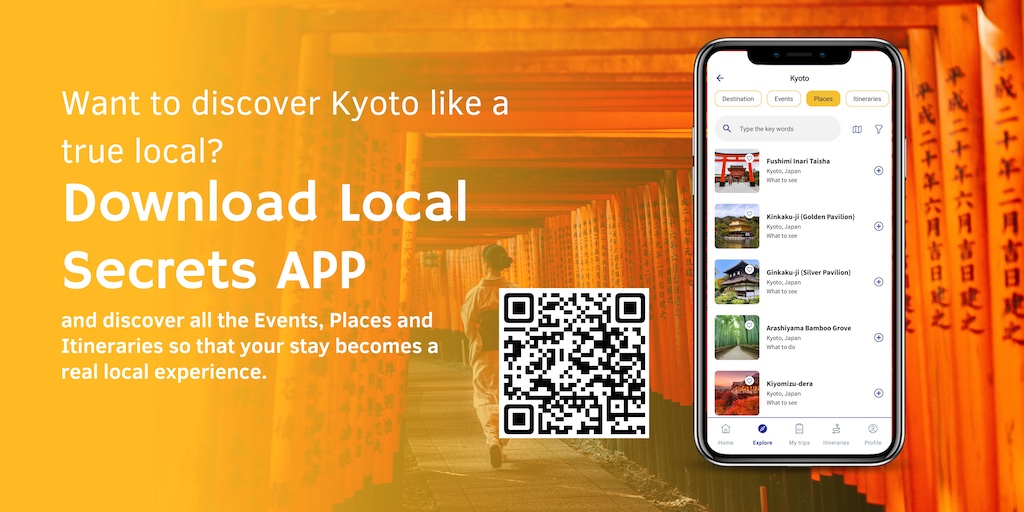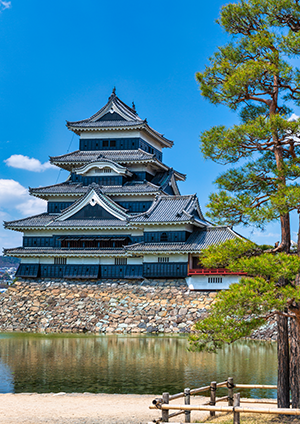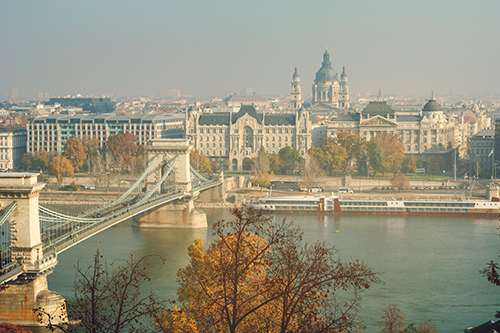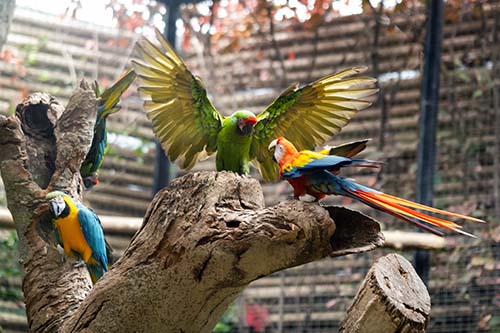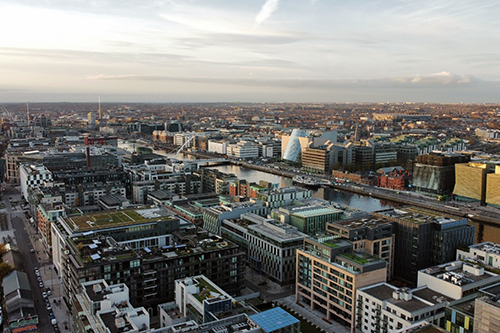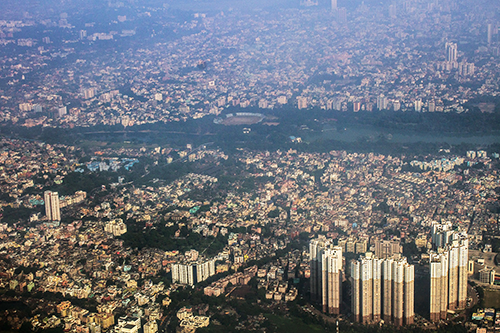Kyoto
Kyoto is a must-visit city in Japan, located on the island of Honshu. It’s known for its rich history and beautiful temples, making it a top spot for travelers seeking cultural experiences. With a population of around 1.5 million people, it’s a bustling city but not overwhelmingly large.
The weather here is pretty mild overall. You can expect average annual temperatures to hover around 14°C (57°F), so it’s quite pleasant year-round. However, Kyoto can get a bit hot and humid in the summer, while winters are cooler but generally not too harsh.
Kyoto attracts about 50 million tourists annually, drawn by its stunning historical sites and traditional tea houses. The best time to visit is during the spring or fall when the weather is comfortable and the scenery is at its peak. This is when you’ll see Kyoto at its most picturesque.
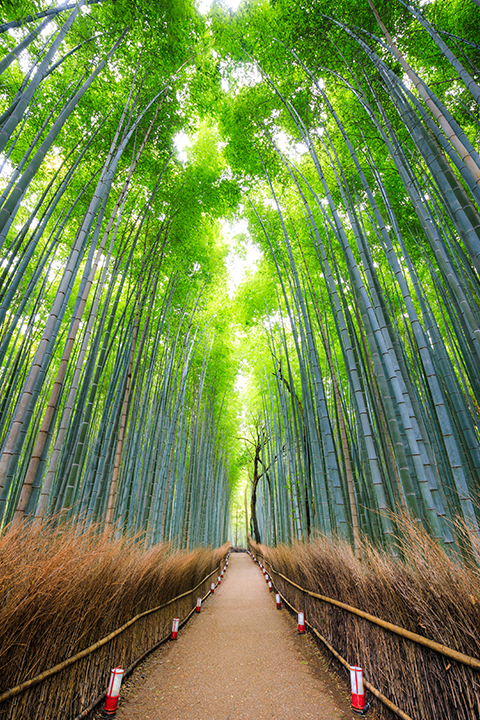
Bamboo Forest Kyoto
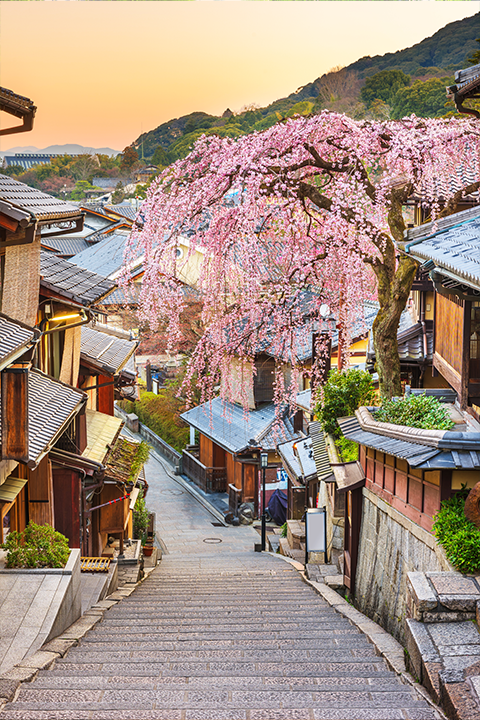
Kyoto Old Town
Arriving to kyoto
Kyoto, nestled in the Kansai region of Japan’s Honshu Island, is a must-visit for anyone intrigued by Japan’s rich history and culture. To get there, you can fly into Kansai International Airport in Osaka, which is about an hour away by train, or hop on a Shinkansen (bullet train) if you’re coming from other major Japanese cities like Tokyo or Hiroshima.
When choosing where to stay, the Gion district is a classic choice, offering a glimpse into traditional Kyoto with its wooden machiya houses and the chance to spot a geisha. For a more central location, the Kyoto Station area is convenient, with plenty of modern amenities, shopping, and dining options. If you prefer a more serene setting, the Arashiyama area is perfect, with its proximity to natural beauty like the bamboo groves and the Togetsukyo Bridge.
Navigating Kyoto is easy thanks to its well-connected public transport system. The Kyoto City Bus and subway lines cover most tourist spots, making it simple to get around. Bicycles are a popular option too, offering a chance to explore at your own pace and enjoy the city’s picturesque streets. Taxis are available but can be pricier, so public transit or biking are often the best bets.
Kyoto’s culinary scene is a highlight of any visit. The city is renowned for its traditional kaiseki cuisine, a multi-course dining experience that showcases seasonal ingredients and meticulous presentation. You’ll also want to try yudofu, a tofu hot pot, and indulge in matcha-flavored treats, such as ice cream and sweets. Street food and market stalls are great for sampling local specialties and grabbing a quick bite.
The city is home to an array of historic and cultural sites. Fushimi Inari Taisha, with its iconic red torii gates, is a must-see, as is Kinkaku-ji, the Golden Pavilion, known for its stunning reflection in the surrounding pond. The Arashiyama Bamboo Grove offers a magical walking experience through towering bamboo stalks, while the Philosopher’s Path provides a peaceful stroll along a cherry tree-lined canal. Engaging in a traditional tea ceremony or exploring Kyoto’s many gardens, such as the serene Ryoan-ji with its famous rock garden, are also enriching experiences.
Whether you’re drawn to its ancient temples, lush gardens, or vibrant food scene, Kyoto combines historical depth with modern convenience, ensuring a memorable visit.
Accomodation
Looking for a unique hotel experience?
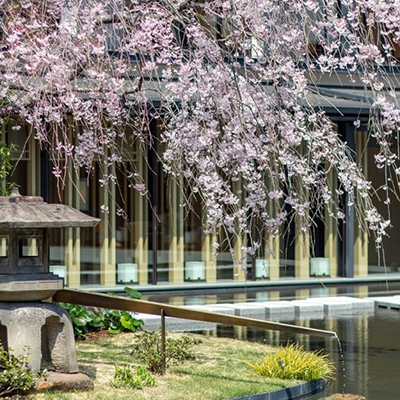
Local Secrets has selected a variety of unique hotels that make lodging a special experience. These hotels share the vision of quality and service that we want for our travelers.
Want to feel like home?
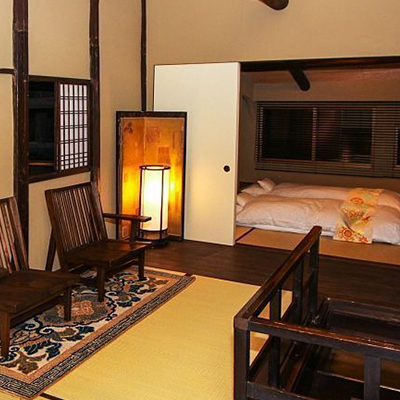
Local Secrets has developed a network of professional experts in tourist accommodations committed to quality and service to guarantee a unique experience to our travelers.
Currency: The official currency of Tokyo is Yen (JPY), 147.30 ¥ is equivalent to 1.00 USD
Keep in mind before travelling to kyoto
Kyoto, the heart of traditional Japan, is a city where ancient temples and modern life blend seamlessly.
One of its most famous festivals is Gion Matsuri in July, a massive celebration with parades and floats that’s a must-see. Another highlight is the Aoi Matsuri in May, featuring stunning processions in traditional Heian-era costumes. For a taste of summer fun, the Kyo Odori dance festival in April shows off local dance styles, while the Tanabata Matsuri in July celebrates the star festival with beautiful decorations.
The Funaoka Onsen Matsuri in October combines relaxation and festivity with its hot spring celebrations. Don’t miss the Kyoto Handicraft Center’s Kyoto Crafts Exhibition in November, showcasing traditional arts and crafts. Lastly, the Daigoji Temple’s cherry blossom festival in early April is a real treat for cherry blossom lovers.
When you’re ready to explore beyond Kyoto, there are some cool spots nearby. Nara, with its famous deer park and historic temples, is just a short train ride away. Uji is known for its matcha tea and beautiful shrines. Osaka, a lively city with great food and entertainment, is also close. Arashiyama, a scenic area with bamboo forests and temples, is perfect for a nature break. The picturesque town of Kurama, nestled in the mountains, offers hot springs and hiking. And don’t forget to visit the ancient capital of Uji for its serene atmosphere and tea culture.
Tips to visit kyoto
Kyoto, the historic gem of Japan, is home to the Kyotans, who are known for their politeness and traditional charm. When you greet someone here, a simple “Konnichiwa” (Hello) or “Arigatou” (Thank you) works perfectly. Japanese is the primary language spoken, so knowing a few key phrases can be really helpful.
People in Kyoto typically enjoy meals around noon and again in the evening, with restaurants closing early by Western standards—around 8 or 9 PM. Business hours usually run from 9 AM to 5 PM, though many shops stay open later. Tipping isn’t common in Kyoto, and it’s best to follow local customs by not leaving a tip.
The healthcare system in Kyoto is well-organized, with excellent local facilities for residents and tourists. Dress codes are generally casual but it’s good to dress modestly when visiting temples and shrines. Typical expressions include “Otsukaresama desu” (Thank you for your hard work) for appreciation and “Sumimasen” (Excuse me) when seeking assistance.


